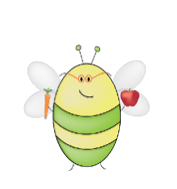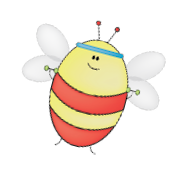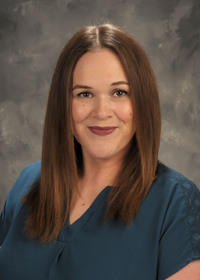It's a Balancing Act: Energy In and Energy Out
Healthy lifestyles depend on a balancing act. It’s important to know how to balance energy in and energy out. What is energy? How do we take it in and how do we burn it off? We define energy as a calorie, which is the amount of heat that is needed to raise the temperature of 1 gram of water 1 degree Celsius. Now, let’s define energy in and energy out.
Energy in = food and drinks that we eat for overall body function.
Energy out = food and drinks being used for overall body function. There are different ways we burn energy: basal metabolism, thermic energy of food, and physical activity. We will emphasize physical activity as a way to assist us with energy out.
To develop and maintain a healthy lifestyle, we must balance energy in and energy out.
Here are tips to help you stay in control of balancing healthier behaviors for the entire family:
- Increase fruits and vegetables. Foods in these groups are naturally low in calories and fat and provide important vitamins, minerals, and fiber.
- Make half of your grains whole grains. Whole grains contain fiber, which adds bulk, staying in your system longer and keeping you full longer.
- Watch snacks. Hidden calories, in the form of sugar and fat, are contained in some popular snacks and drinks. Choose healthier alternatives such as low-fat, whole grain crackers, fruits and vegetables, and water.
- Rethink fast food. Don’t think of fast food as just the neighborhood burger place. Try healthy, quick recipes at home instead. You will have more control over fat, sugar, and even salt.
- Be portion savvy. Remember to watch portion sizes as you build your healthy plate. Use MyPlate as your guide.
- Be active! Make sure to add 30 minutes of physical activity to your day at least 4 to 5 days a week. Young children should be active at least 60 minutes per day. Try adding fun family activities such as kick ball, riding bikes, dancing, or even jumping rope or skating.

If we take in food and beverages but have low physical activity
Energy In > Energy out = positive energy balance (weight gain)
If we take in food and beverages but we have moderate physical activity
Energy In < Energy Out = negative energy balance (weight loss)
If we take in food and beverages and it is equal to physical activity
Energy In = Energy Out = energy balance (no weight gain or loss)
Mississipians have some of the highest rates of obesity in the nation, and childhood obesity often leads to obesity as adults. If we eat too many foods high in calories and are not very active, we gain weight and it places us at risk for being overweight or obese. Weight gain and obesity are linked to chronic conditions such as cardiovascular disease, type 2 diabetes, stroke, and high blood pressure. Additionally, some cancers are linked to poor diet and inactive lifestyles.


References
Whitney, E., and Rolfes, S.R. (2011). Energy Balance and Body Composition. Understanding Nutrition 12th ed., (pp 241–269). Belmont CA. Wadsworth.
National Cancer Institute (2014). Obesity and Cancer Risk Fact Sheet.
Publication 2929 (POD-01-24)
By Julie Parker, PhD, Associate Professor, Human Sciences, Mississippi State University; Ginger Cross, PhD, former Assistant Research Professor, Social Science Research Center, Mississippi State University; and Chiquita Briley, PhD, Associate Extension Professor, Tennessee State University.
Research reported in this publication was supported by the Office of the Director, National Institutes of Health under Award Number R25OD011162. The content is solely the responsibility of the authors and does not necessarily represent the official views of the National Institutes of Health.
The Mississippi State University Extension Service is working to ensure all web content is accessible to all users. If you need assistance accessing any of our content, please email the webteam or call 662-325-2262.








